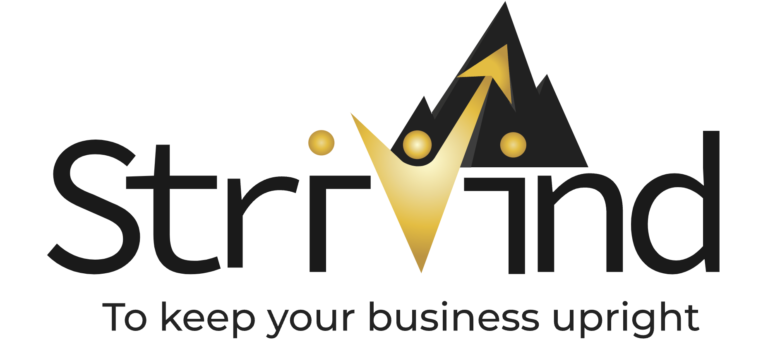Your Full Market Potential is Currently Measurable & Realistic
Total Addressable Market (TAM), also referred to as total available market, is the overall revenue opportunity that is available for a product or service if 100% market share is achieved. Because it represents the potential opportunity, it is often used to determine the level of funding or resources that a company should invest into a new product or business line.
The concept of total addressable market is important for both startups and existing businesses because it allows them to prioritize specific products, customer segments, and business opportunities, taking into consideration the required resources and potential revenue impact.

How do you calculate total addressable market?
The fundamental math equation for calculating TAM is a very simple multiplication problem: Average revenue per user (ARPU) times the total number of potential customers in the target market. ARPU is pretty straightforward and can be adjusted as part of the business planning process, but the second part of the equation is trickier.
TAM = (ARPU * total potential customers in market)
External data sources are often used to calculate the total potential customers, whether that means relying on industry analysts or government statistics. But those sources rarely divide the market up exactly how a particular company views it. So, while these statistics can be a starting point, some additional effort must be made to get to a number that more accurately represents the number of likely customers.
A top-down approach to calculating TAM starts with the total number of people (or businesses, schools, etc.) in the world and then narrows that down based on factors like geography and demographics until reaching the target market. This inverted pyramid-style method requires making a lot of assumptions and heavy reliance on data from third parties who may or may not define things the same way. It also doesn’t account for truly disruptive products that actually change or create markets due to their popularity.
The bottom-up approach, conversely, starts with an ideal target market on a small scale and then blows it out to a total. This could be based on looking at a small sample size of theoretical customers and then extrapolating it, however, it is far more useful when it is based on an initial set of customers (say, from a limited pilot test) and then projecting that out over an entire industry, country, or market. Because the data is generated in house and based on real-world experience vs. educated guesses, it is generally given more credence than top-down estimates.
The value-theory approach is the wild card of Total Addressable Market calculation and is best applied when a truly novel product is creating a new category, and there is, therefore, no real market data to base things on. It begins by asking what a typical buyer would be willing to pay for a product or service based on the additional value it brings. This is then multiplied by the total number of people that would also perceive that value and adopt it in place of existing alternatives.
Why is TAM important?
The Total Addressable Market is the first ingredient in almost every business case and the essential information to consider when pondering any business opportunity. Without a sense of how many people or companies could potentially purchase a product, it can be difficult to validate any subsequent assumptions about revenue, growth, or usage.
When an organization considers building a new product, entering a new vertical market, or even adding a new feature, it is critical to understand the revenue impact of that strategic move. Calculating TAM may reveal that an opportunity isn’t as attractive as initially thought, or it could show an even larger market than originally considered. With this information in hand, companies can make more informed decisions about where to invest their time and money for maximum ROI, even discarding their plans when the TAM is too small.
